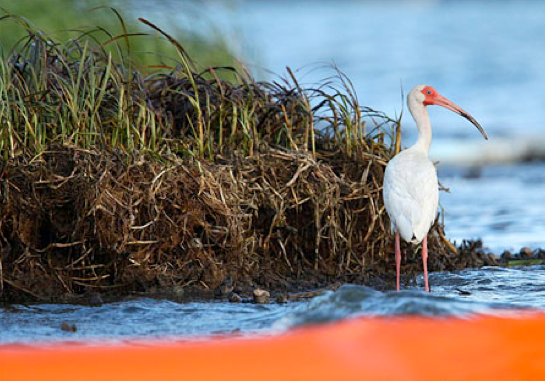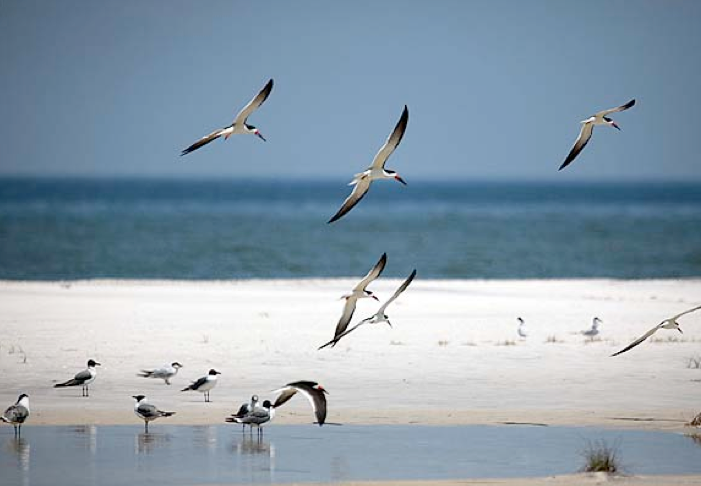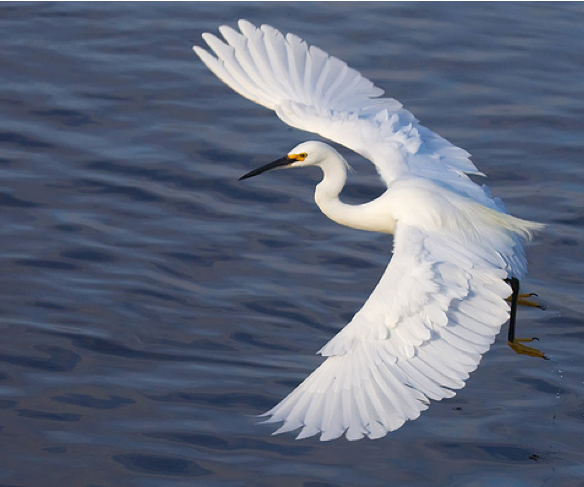Yesterday we spent the day indoors (thankfully) at Louisiana State University interviewing professors from schools across campus. We spoke with experts that represented a range of disciplines, from toxicology to ichthyology. Despite their diverse set of backgrounds, we heard one message loud and clear: our future is uncertain. The need for funding for rigorous research, for both today and years to come, is crucial. As we continue to fight traditional media's assertion that the oil is gone, the situation in the Gulf grows more dire.
When asked what message the scientists and professors wished to convey to the world, they unanimously answered: “the oil spill is not over.”
Image may be NSFW.
Clik here to view.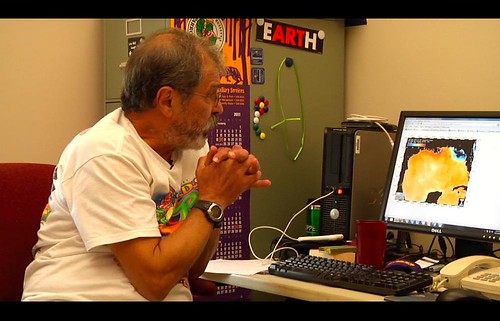
Image may be NSFW.
Clik here to view.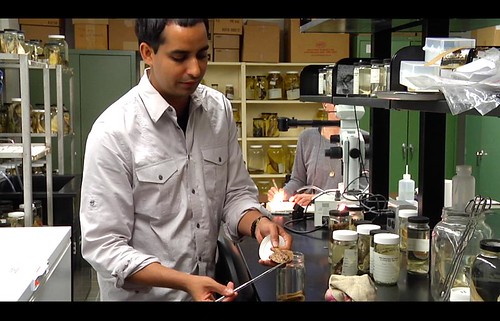
A recent media trend has held that the majority of the oil spilled, by a miraculous feat of nature, has disappeared. While the Prince William Sound ecosystem, twenty years later, continues to struggle to recover from the Exxon Valdez spill, traditional media is touting that the Gulf is on her way to recovery.
Yesterday, we caught the tail of a fisherman's community meeting in Biloxi, MS. A handful of fishermen and fisherwomen brought with them stained-brown material that they had dipped into the water. The brown? Oil. After only a few seconds under the water, the absorbent material gathered enough oil to stain. The community members have been collecting samples throughout the Gulf, evidence that there is a great deal of oil that can still be found in the water column. To allege that the oil has disappeared is madness.
Image may be NSFW.
Clik here to view.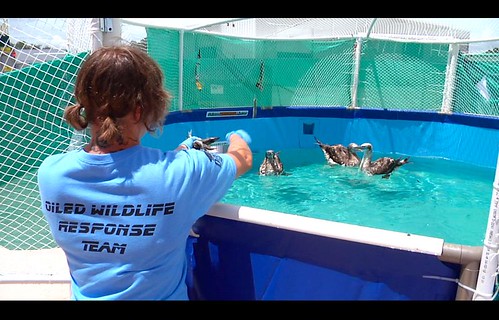
Today we spent the day with officials from US Fish and Wildlife and the International Bird Rescue and Rehabilitation Center (IBRRC) at a bird rescue facility in Theodore, AL. The officials confirmed in interviews with Project Gulf Impact that since the capping of the Macondo 252 well, there has been an increase in the amount of oiled wildlife reported and shipped to facilities along the coast. A HuffPo article from August 9th echoes this trend here. The officials attribute the rise, in part, to a better-educated public, who know how and where to report wildlife in peril.
Image may be NSFW.
Clik here to view.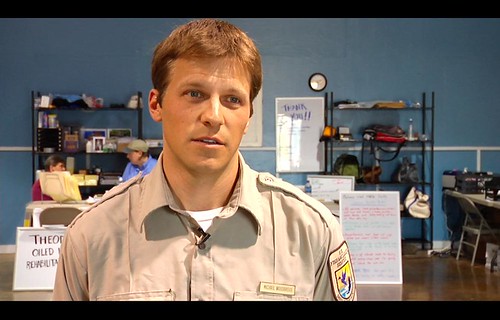
We made sure to ask about how the dispersant Corexit 9500 was affecting wildlife. The officials declined to comment, retreating under the pretense that relevant studies have not been done in this environment and therefore predictions are impossible.
Image may be NSFW.
Clik here to view.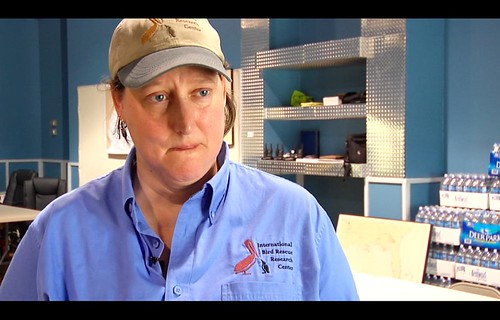
We need financial contributions to keep shedding light on the human health hazards that the people of the Gulf are being exposed to on a daily basis.
Project Gulf Impact's mission is to document the economic, environmental and human health impacts of the Deepwater Horizon oil spill. This project seeks to provide a voice for residents of the Gulf and hopes to capture the social, political and environmental climate surrounding one of the greatest environmental disasters of our time.
Please donate today or sign up to volunteer. You can visit our website at projectgulfimpact.org.
Gulf Recovery Blogathon Calendar (All times Pacific)
Image may be NSFW.
Clik here to view.Wednesday August 11
1pm noweasels
2pm boatsie
3pm Daniel Kessler (Greenpeace)
4pm mogmaar
5pm Patriot Daily
6pm Project Gulf Impact
Image may be NSFW.
Clik here to view.Thursday August 12
1pm pico
2pm Fishgrease
3pm citisven
4pm Bill Mckibben
5pm oke
6pm Project Gulf Impact
7pm JekyllnHyde
Image may be NSFW.
Clik here to view.Friday August 13
1pm La Feminista
2pm Pam La Pier
3pm rb137
4pm Meteor Blades
5pm Laurence Lewis
6pm Project Gulf Impact
